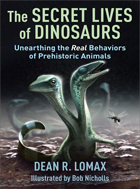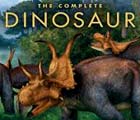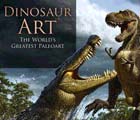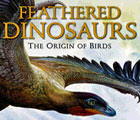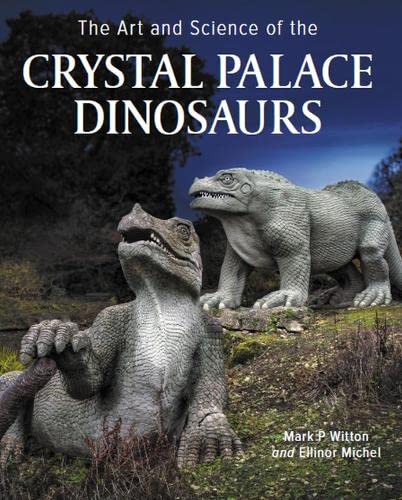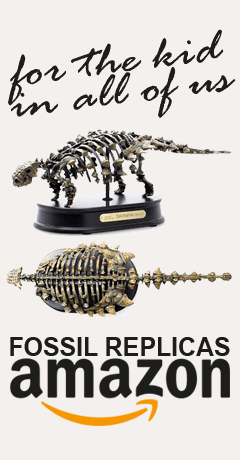Pronunciation: NOHD-o-SOR-uh-day
Author: Othniel Charles Marsh
Year: 1890
Meaning: Knob lizards (see etymology)
Locomotion: Quadrupedal (four legs)
Synonyms:
Acanthopholididae (Nopcsa, 1902), Polacanthidae (Wieland, 1911), Acanthopholidae (Nopcsa, 1917), Palaeoscincidae (Nopcsa, 1918), Panoplosauridae (Nopcsa, 1929), Struthiosauridae (Kuhn, 1966).
Author: Othniel Charles Marsh
Year: 1890
Meaning: Knob lizards (see etymology)
Locomotion: Quadrupedal (four legs)
Synonyms:
Acanthopholididae (Nopcsa, 1902), Polacanthidae (Wieland, 1911), Acanthopholidae (Nopcsa, 1917), Palaeoscincidae (Nopcsa, 1918), Panoplosauridae (Nopcsa, 1929), Struthiosauridae (Kuhn, 1966).
[Madzia et al. 2021]Definition:
The largest clade including Nodosaurus textilis but not Ankylosaurus magniventris.
About
Along with Ankylosauridae and Polacanthidae, Nodosauridae was one of the three ugly sisters known collectively as Ankylosauria. Unfortunately, Polacanthidae did a Cinderella and couldn't go to the ball, instead being demoted to a "sub family" with the suffix "inae" and forced to do the nodosaurid chores.
Nodosauridae was erected by Othniel Charles Marsh in 1890 and anchored on the dinosaur called Nodosaurus, although Cedarpelta is the earliest known member.
Like all ankylosaurs, nodosaurs are wide and low slung with four relatively short legs, an armoured neck, back and flanks, and small teeth. Compared to the heavyweight ankylosaurids, nodosaurids have a somewhat domed skull and lack a clubbed tail, but some have spikes jutting from their shoulders and necks. A long, thin snout suggests they were selective foragers unlike their wide-skulled relatives, and bony "cheek" plates combined with tooth wear on known specimens suggests they chewed their food rather than swallow it whole and rely on gastroliths for processing in the gut.
Nodosaur fossils have been discovered in Antarctica, North America, Asia, Australia and Europe.
Click here to search the database for Nodosaurs.
Etymology
Nodosauridae is derived from the Latin "nodus" (knob, node), and the Greek "sauros" (lizard) and
"idae" (denoting a family).
Relationships
References
• Marsh OC (1890) "Additional characters of the Ceratopsidae with notice of new Cretaceous dinosaurs". American Journal of Science, s3, 39: 418–426. DOI: 10.2475/ajs.s3-39.233.418.
• Carpenter K (2001) "The Armored Dinosaurs".
• Vickaryous MK, Maryanska T and Weishampel DB (2004) "Ankylosauria". In Weishampel, Dodson and Osmólska "The Dinosauria: Second Edition".
• Kirkland JI, Alcalá L, Loewen MA, Espílez E, Mampel L and Wiersma JP (2013) "The basal nodosaurid ankylosaur Europelta carbonensis n. gen., n. sp. from the Lower Cretaceous (lower Albian) Escucha Formation of northeastern Spain". PLOS ONE, 8(12): e80405. DOI: 10.1371/journal.pone.0080405.
• Madzia D, Arbour VM, Boyd CA, Farke AA, Cruzado-Caballero P and Evans DC (2021) "The phylogenetic nomenclature of ornithischian dinosaurs". PeerJ. 9: e12362. DOI: 10.7717/peerj.12362.





